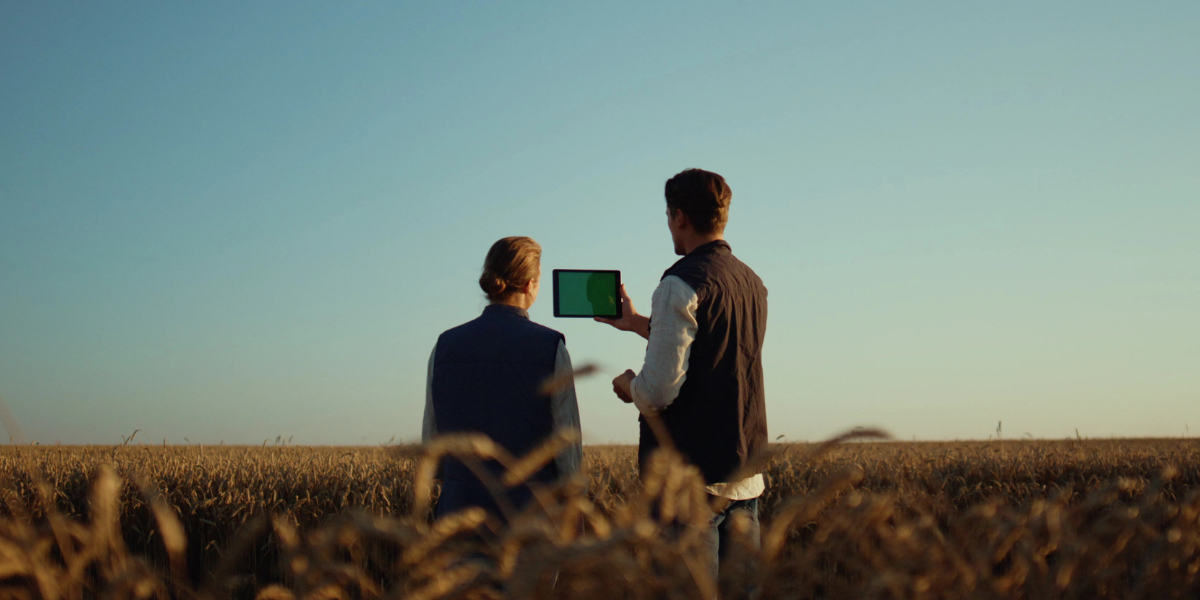Rarely has the global food and drink sector faced such a period of greater instability.
First we had COVID-19. Then the conflict in Ukraine. And next a wave of unprecedented inflationary pressures, which has hiked up costs along the food supply chain, sending many Western markets into a dramatic cost of living crisis.
Unsurprisingly, against this challenging backdrop, some food businesses have failed, with others existing in a perennial survival mode, fighting each new geopolitical fire with a mix of lay-offs, steep price increases and scaled-back innovation.
Against all these odds, it is not all doom and gloom. Some businesses have continued to achieve sustainable growth, defying food system shock after shock with consistent revenues and profitability.
Embedding food system resilience
What sets these businesses apart is, more often than not, an adoption of a business strategy, which proactively embeds a certain resilience into their approach.
It’s a wise move. After all, there is bound to be more instability on the horizon – be it forecast labour shortages, erratic levels of inflation or climate change – so this kind of proactive agile way of working is something that more food and drink businesses should look to emulate.
So, how do you create a resilient business model?
At its core, resilience is the capacity to withstand or recover quickly from a challenging period. Which may sound simple enough, but can be incredibly difficult to achieve in practice.
Contemporary food supply chains tend to be both geographically vast and fragmented. A single business may be sourcing from multiple suppliers across multiple markets, for example. Or a brand may be selling its product or service via a swathe of different platforms and channels.
Not only does this disparate business model make it challenging for teams to maintain an accurate oversight across their whole supply chain, but it also exposes them to a far greater breadth of shocks compared to, say, a business that has all its people and products in a single country.
To build oversight of global food systems – and fortify them against future disruptions – can therefore require significant resources, expertise and agility.
Staying ahead of the game using technology
One of the keys to embedding greater resilience into food supply chains lies in leveraging new technology and data developments. These work to automate oversight, highlight emerging problem areas and flag data-driven solutions to enhance resilience.
There are numerous emerging areas of technology that can play a role here. The use of blockchain, tamper-proof, decentralised digital ledgers work to facilitate a far smoother way to share key information across multiple stakeholders and also help to protect food supply chains against fraud and network failures.
Harnessing software solutions
Software that collates and analyses multiple streams of data is another area of growing potential. These provide teams with a centralised digital platform, simplifying complex systems and providing businesses with real-time insights on both emerging problem areas and highlight areas that could be optimised or strengthened to withstand future disruption. Such centralised systems can also accurately predict future shocks before they occur in some cases.
Even multipurpose technology like drones may have a role to play in boosting resilience, with their capacity to monitor remote structures, spaces and regions and assess emerging vulnerability.
Key takeaways
Why the rush? Because some changes are going to be implemented from 30 September.
Whatever form it may take, it’s critical that food and drink teams consider how data and technology could help them overcome existing challenges when it comes to embedding resilience in their own business.
It’s a change that experts have been pushing for, for some time after all. In fact, according to one US survey, 89% of supply chain experts believe some element of process automation is essential to supply chain resiliency and agility.
It won’t be the only change they’ll need to make by any means, with areas such as supplier diversification, transparency and education all having a key role to play too in enhancing resilience. But it’s an important part of the puzzle.
And with plenty of challenges still on the horizon, it’s clear that there’s never been a better time for businesses to start considering their role in building a more sustainable, less impactful food system, one piece at a time.
.jpg)
Greer McNally
Greer has over 15 years’ experience writing about trends in the food and retail sectors. She lives in a little village by the sea in Northern Ireland and loves creating content that informs how people think about the food industry. A recent career highlight was interviewing the legend that is Dr Temple Grandin.
Stay up to date
Stay up to date
Browse Posts
- December 2025
- November 2025
- October 2025
- September 2025
- August 2025
- July 2025
- June 2025
- May 2025
- April 2025
- March 2025
- February 2025
- January 2025
- December 2024
- November 2024
- October 2024
- September 2024
- August 2024
- July 2024
- June 2024
- May 2024
- April 2024
- March 2024
- February 2024
- January 2024
- December 2023
- November 2023
- October 2023
- September 2023
- August 2023
- July 2023
- June 2023
- May 2023
- April 2023
- March 2023
- December 2022
- November 2022
- October 2022
- September 2022
- August 2022
- July 2022
- June 2022
- May 2022
- April 2022
- March 2022
- February 2022
- January 2022
- December 2021
- November 2021
- October 2021
- August 2021
/Blog%20Headers/shutterstock_2362078849.jpg)

/Blog%20Headers/shutterstock_1927957907%20(1).jpg)
/Blog%20Headers/shutterstock_1845178195%20(2).jpg)
/Blog%20Headers/shutterstock_2473376713.jpg)
/Blog%20Headers/shutterstock_2133827717%20(1).jpg)
/Blog%20Headers/shutterstock_2247276303.jpg)
.png)
.png)




/Blog%20Headers/Temple%20Grandin.jpg)
/Blog%20Headers/shutterstock_2262344895.jpg)
/Blog%20Headers/shutterstock_2498984931.jpg)
/1.%20HubSpot%20Images/WebinarMay23_bg.jpg)
/Blog%20Headers/Malachy%20O%20Connor.png)
/Blog%20Headers/AI%20Interviewees%20Blog_header.jpg)
.png)
.png)